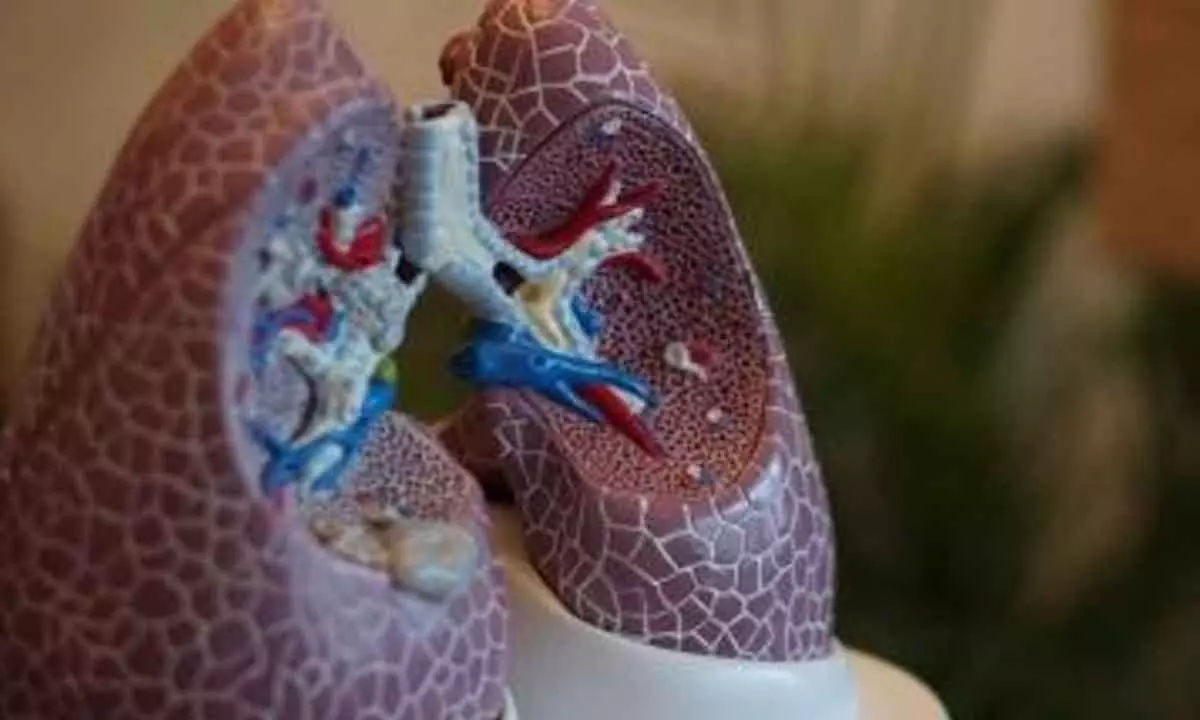Scientists develop robot to pass through human lungs
With an autonomous steerable needle can go from ‘Point A’ to ‘Point B’ while avoiding important structures
image for illustrative purpose

The needle can also account for respiratory motion. Unlike other organs, the lungs are constantly expanding and contracting in the chest cavity
New York: Scientists have developed a robot that can autonomously traverse human lungs, enabling physicians to reach tumours that are extremely small and hide deep within tissues.
Lung cancer is the second most common cancer worldwide, with 2.2 million new cases in 2020.
The robot with an autonomous steerable needle, developed by a team from the University of North Carolina–Chapel Hill and Vanderbilt University in the US, can go from "Point A" to "Point B" while avoiding important structures, such as tiny airways and blood vessels, in a living laboratory model.
"This technology allows us to reach targets we can't otherwise reach with a standard or even robotic bronchoscope," said Jason Akulian, from the UNC Department of Medicine.
"It gives you that extra few centimeters or a few millimeters even, which would help immensely with pursuing small targets in the lungs," he added.
The robot, detailed in the journal Science Robotics, is made of several separate components. A mechanical control provides controlled thrust of the needle to go forward and backward and the needle design allows for steering along curved paths. The needle is made from a nickel-titanium alloy and has been laser etched to increase its flexibility, allowing it to move effortlessly through tissue.
As it moves forward, the etching on the needle allows it to steer around obstacles with ease. Other attachments, such as catheters, could be used together with the needle to perform procedures such as lung biopsies.
To drive through tissue, the needle needs to know where it is going. The research team used CT scans of the subject's thoracic cavity and artificial intelligence to create three-dimensional models of the lung, including the airways, blood vessels, and the chosen target. Using this 3D model and once the needle has been positioned for launch, their AI-driven software instructs it to automatically travel from "Point A" to "Point B" while avoiding important structures.

